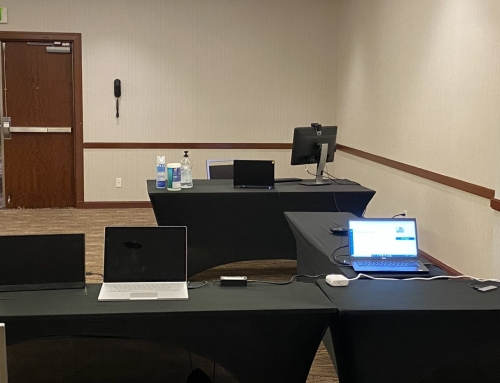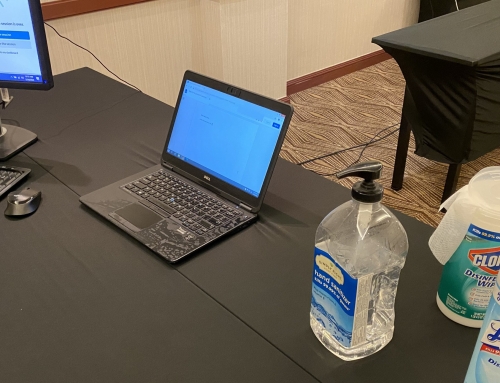I love interacting with people but have never particularly enjoyed those interactions when over the telephone. No matter how clear the voice on the other end is, no matter how great it is to catch up with someone, I still have the vague impression of flatness, much like listening to music from really cheap speakers: you know the richness of the music is there, but you just can’t hear it.
With telephone conversations, the non-verbal channel of communication is missing. What makes in-person interaction so exciting to me is not just the words that we speak, but the way that we convey additional information. An expression of delight or exasperation or frustration can flit across a face. A body can tense up. A broad grin can shine from ear to ear.
In usability testing, these expressions may also be connected with web site interaction. As a usability specialist, my job is not just to watch the way that participants interact with a web site using a mouse and keyboard. My job is more holistic than that; I need to know what’s going on inside their head, and just asking them to “think aloud” is not enough. Those extra cues that I get through non-verbal channels allow me to better ask the right questions and better understand how people use the web sites in question.
I am often asked to do remote testing, conducting a usability test using GoToMeeting or WebEx to mediate a shared screen environment. In this setup, I would then talk on the phone with each participant as we share a browser screen through the ether.
I always want to assess why we need to do this remotely. Is it cheaper for the client? Is it because it’s hard to recruit participants? Are participants located far from each other? If I need to do a usability test remotely, I definitely can, and do. It is certainly possible to obtain valid usability data this way; however the picture is not as complete.
Considering this fact, I first want to be sure that remote testing is really necessary. Can an in-person study be done without incurring significant cost? If so, let’s consider this. Can we adjust recruitment strategies (for example using an external recruiting firm to find the right people in a particular location)? Let’s try it. Is there a place, possibly a convention or meeting, where participants might come together? I’ve attended four conferences over the past year to conduct usability research for this very reason.
Periodically, I am asked to moderate focus groups as well. Everything about visual cues from in-person communication affecting one-on-one interactions applies all the more so when we want to have a discussion with 8 to 10 people together. These group discussions are significantly improved when participants can relate to each other through non-verbal channels as well.
So the next time you are asked to pull together a usability test or a focus group, or you want to ask someone else to pull together these research efforts, consider brainstorming about any possible way for real in-person interaction. If all else fails, remote research is still an alternative, but should, to whatever extent possible, remain the fall-back option.
Image Courtesy of ollyy / Shutterstock








